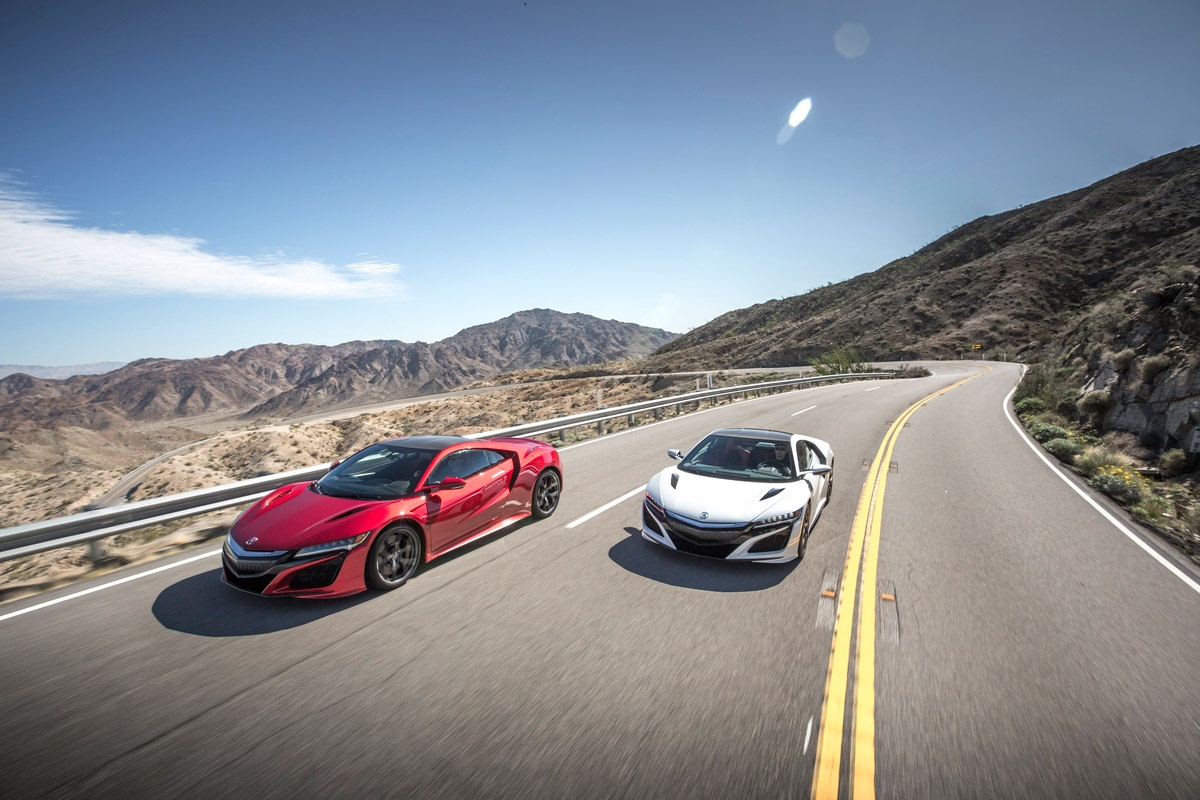Holden vehicles have frequently been portrayed as eco unfriendly gas guzzlers. However, the organization has lately taken great strides to alter the look of their vehicles. Today’s new type of Holden vehicles includes models that aren’t only more fuel efficient, but can handle using various kinds of fuel, including lp and E85 (a combination of 85% ethanol and 15% unleaded gas). A few examples of Holden’s ecological method of automotive technology range from the following:
• The lately introduced Series II VE Commodore is engineered to operate on E85 bio-fuel. Each of the Commodore’s 3-litre V6 and 6-litre V8 VEII engines are flex-fuel ready, meaning that they’ll work on either standard gas or on E85. A 3.6-litre flex-fuel V6 engine is anticipated by 2012.
• Holden has improved the gas mileage of their standard gas engines with the addition of direct fuel injection. It has led to a couple-3% fuel waste reduction for that V6 engines and as much as a 6% fuel waste reduction for that V8 engines.
• Holden Special Vehicles offers this year’s WM3 Grange, which, additionally to producing 436 horsepower and 406 pound ft of torque, includes a V8 engine that operates on liquid lp or gasoline. Lp, unlike gasoline, produces less emissions, and it is less expensive.
• Offering fuel-efficient and eco-friendly vehicles is simply the beginning. Holden has additionally taken a desire for producing the bio-fuel itself. By joining a consortium of companies and also the Victorian Condition Government, Holden wishes to open Australia’s first ethanol plant in Victoria. This plant would produce ethanol from numerous sources, including wood biomass, industrial and construction waste, as well as household garbage. This type of production process is called second-generation ethanol production. It is different from first-generation ethanol production for the reason that it doesn’t consume valuable plant products (e.g., sugar) throughout the generation of ethanol. Rather, materials which are in the finish of the existence cycle are utilized. If effective, the consortium often see ethanol production more than 200 million litres of ethanol each year.

